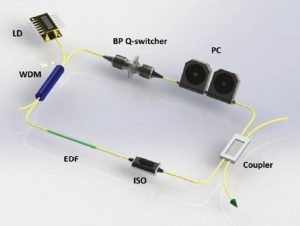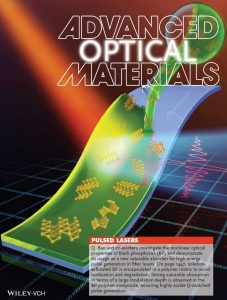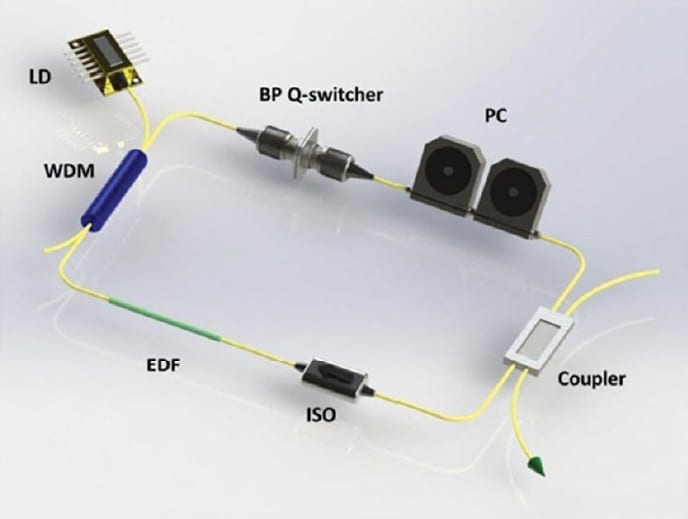 Graphene – the latest wonder material for just about every possible application – only weakly absorbs light in its monolayer form. Transition-metal dichalcogenides, another popular material, absorb well but only in the visible region of the electromagentic spectrum. This limits the possible use of either material in applications such as optical communications, which require strong absorbers in the infrared region.
Graphene – the latest wonder material for just about every possible application – only weakly absorbs light in its monolayer form. Transition-metal dichalcogenides, another popular material, absorb well but only in the visible region of the electromagentic spectrum. This limits the possible use of either material in applications such as optical communications, which require strong absorbers in the infrared region.
Black phosphorus (BP) has a convenient direct bandgap (regardless of the thickness of the sample) and a strong resonant absorption in the near-infrared region, making it a promising alternative. The direct bandgap leads to efficient photoelectrical conversion, and ultrafast carrier dynamics. It also displays tunable optical properties dependent on its thickness, the presence of dopants, and the light polarization.
A group of researchers collaborating right across China decided it was about time to explore how these properties might be applied to ultrafast nonlinear photonic applications. They encapsulated samples of BP in a polymer matrix transparent to the wavelengths of interest, to protect it from oxidation or other degradation. They then applied this composite as a nonlinear absorber material for pulse generation in optical fiber lasers.
The composite showed a high optical modulation depth of 10.6% and generated highly stable Q-switched pulses with a single pulse energy of 194 nJ.
As the BP–polymer composite proved so easy to work with, its optimisation could readily extend its use to other optical applications such as sensing, signal processing and light modulation.

















